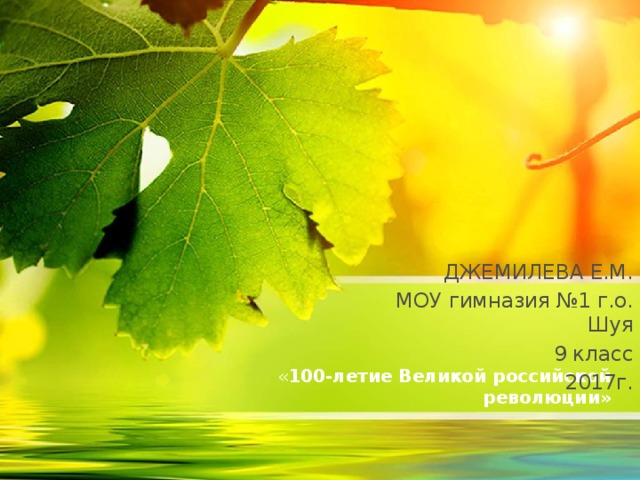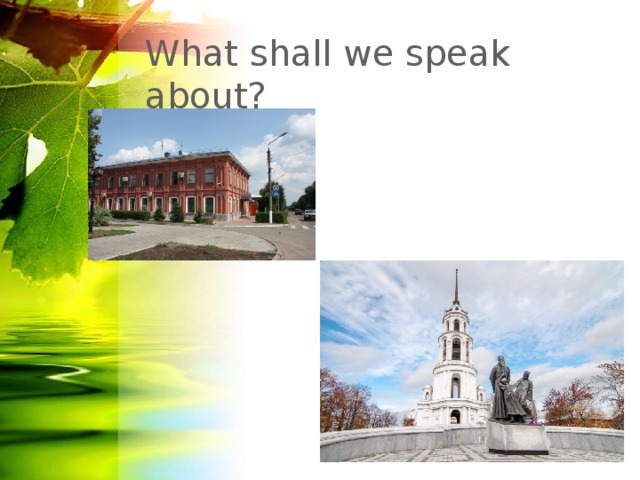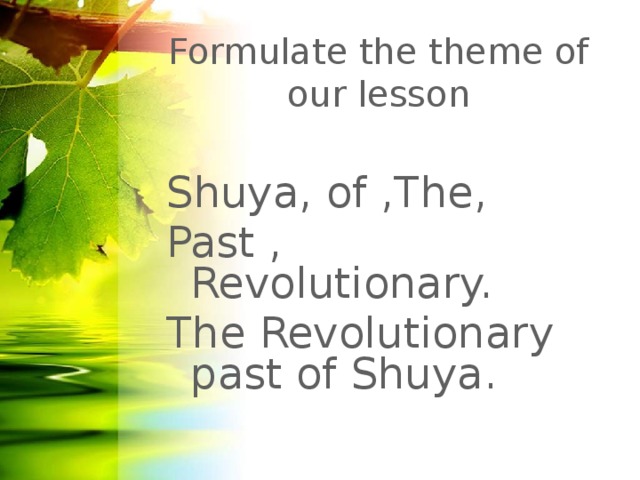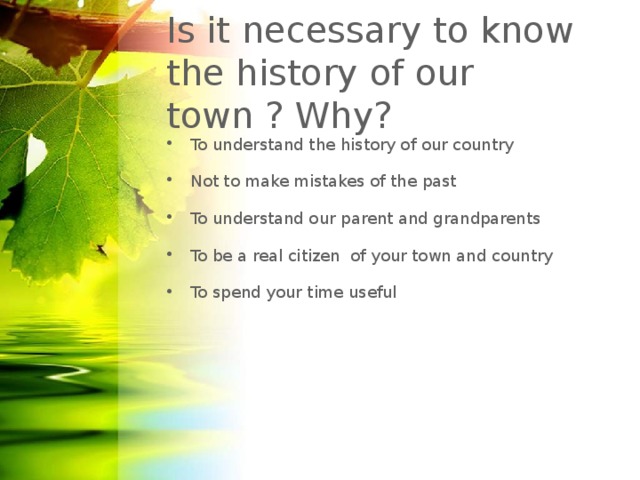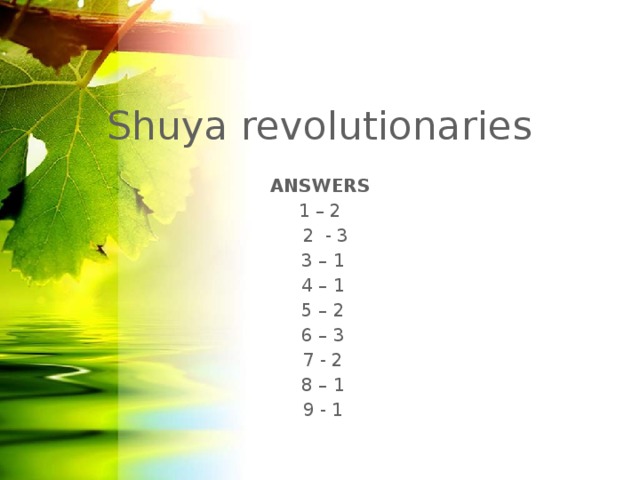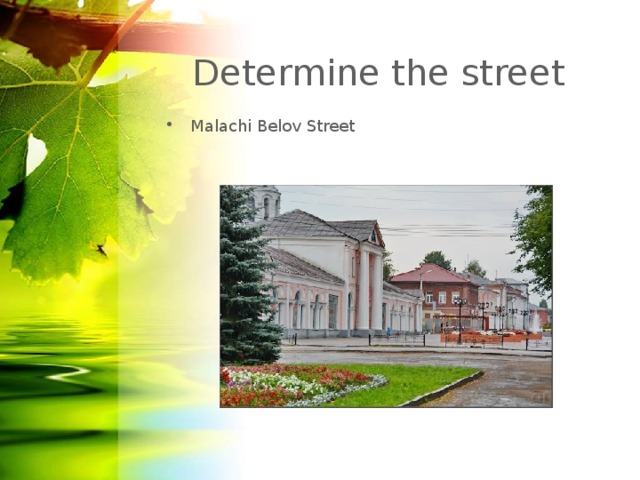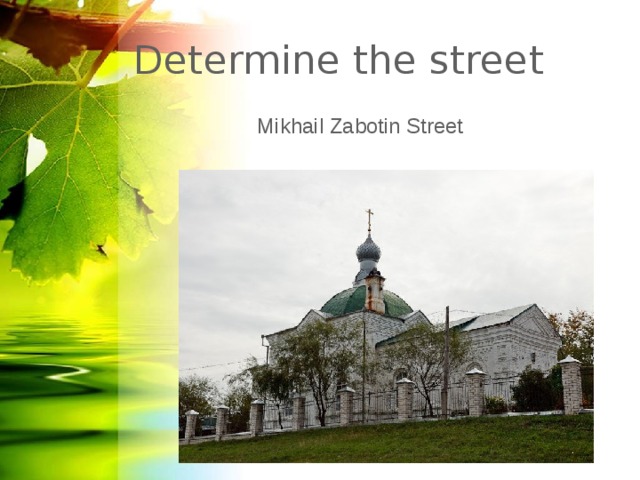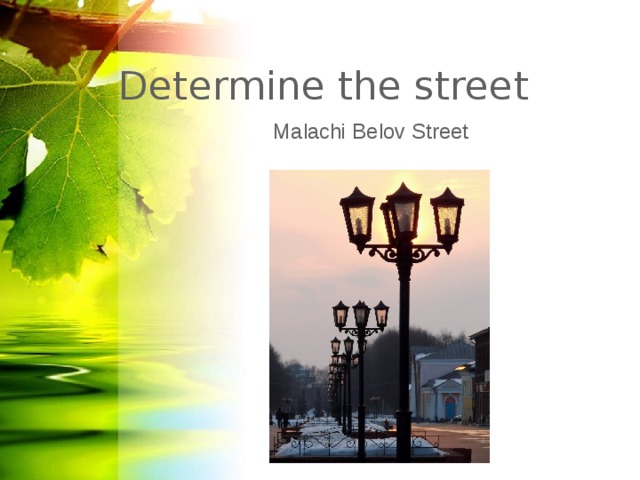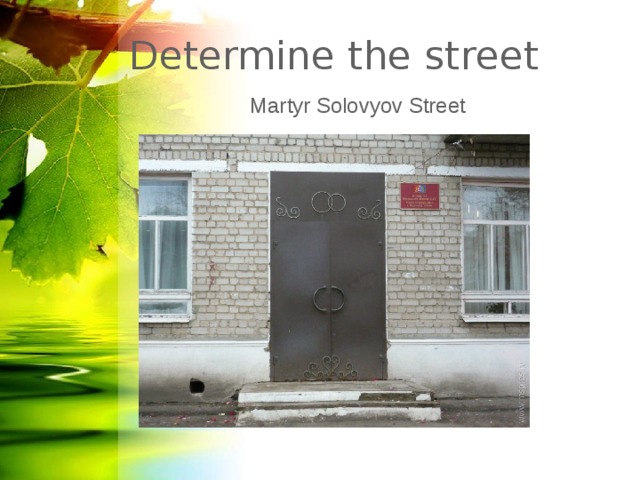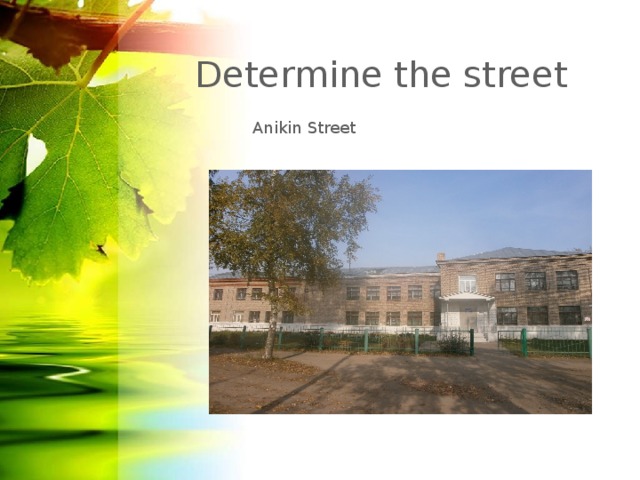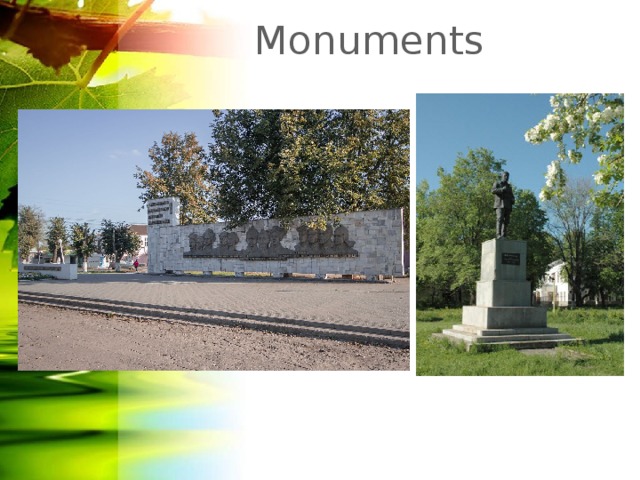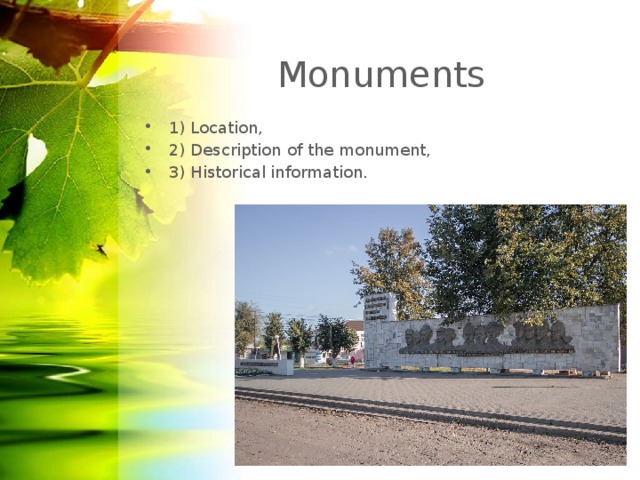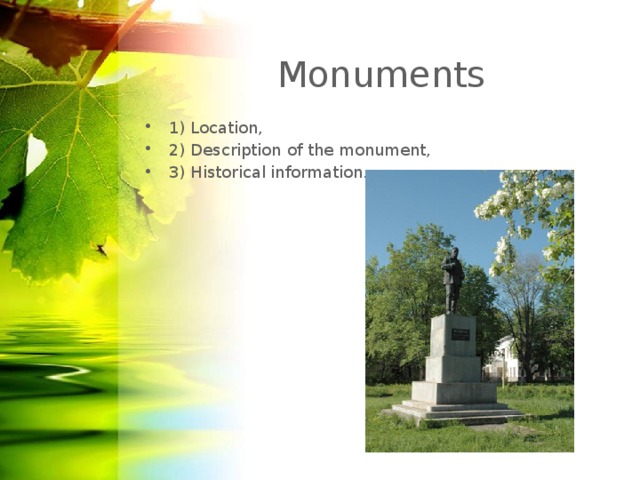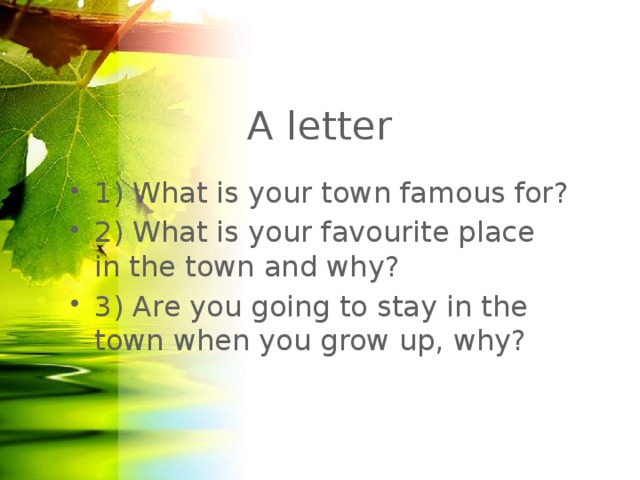Методическая разработка урока,
посвященного
100-летию Великой российской революции
Школа: МОУ гимназия №1 г.о. Шуя
Учитель: Джемилева Елена Меметовна
Предмет: английский язык
Класс: 9 класс
Тема: Революционное прошлое Шуи
Цели:
социокультурный аспект - знакомство с биографиями Шуйских революционеров, развитие умения представлять свою культуру;
развивающий аспект— развитие произвольного внимания, слуховой памяти, развитие способности к догадке по контексту, к формулированию выводов, к оценке;
воспитательный аспект—воспитание чувства гордости за свой город, воспитание любознательности, познавательных потребностей, желания расширять кругозор;
учебный аспект— развитие умения читать с целью понимания основного содержания, полного понимания содержания и с целью извлечения конкретной информации; совершенствование лексических и грамматических навыков; сопутствующая задача: скрытый контроль уровня сформированности лексических и грамматических навыков.
Технологическая карта урока
| № | Этап урока | № слайда | Деятельность учителя | Деятельность учащихся |
| Мотивационно-вступительная часть |
| 1 | Организационный момент (3 мин.) | 2-4 | 1. Предлагает отгадать тему урока. 2. Спрашивает: почему необходимо знать и помнить историю города.
| 1. Отгадывают, смотря на фотографии. 2. Отвечают на вопрос.
|
| Операционно- познавательная часть. Турнир «Исторические места Шуи» |
| 2 | 1 Этап (7 мин.) | 5 | Организует изучающее чтение. Организует взаимопроверку. | Учащиеся анализируют информацию, делают из прочитанного выводы. Осуществляют взаимопроверку и оценивают работу другой команды.
|
| 3 | 2 Этап (7 мин.) | - | Проводит поисковое чтение. | Отвечают на вопросы по тексту, извлекая необходимую информацию. |
| 4 | 3 Этап (3 мин.) | 6-11 | Предъявляет фотографии. | Отгадывают улицы. |
| 5 | 4 Этап Релаксационная пауза (4 мин.) | 12 | Показывает видеоролик.
| 1.Смотрят видеоролик (1.5 мин.) 2. Придумывают продолжение фразы: «Я люблю мой город, потому что…» |
| 6 | 5 Этап (7 мин.)
| 13-14 | Дает задание для проверки уровня сформированности лексических и грамматических навыков. Организует взаимопроверку. | Изменяют слова. Осуществляют взаимопроверку и оценивают работу другой команды |
| 7 | 6-7 Этап (10 мин.)
| 15-16 | 1. Предлагает составить высказывание по плану.
| 1. Составляют высказывание. 2.Задают вопросы. 3. Отвечают на вопросы. |
| Рефлективно-оценочная часть |
| 8 | Рефлексия (2 мин.) | - | 1.Спрашивает, был ли урок полезным и почему. Узнает, какую новую информацию ребята узнали на уроке. 2.Оценивает работу учеников. | Отвечают на вопрос |
| 9 | Домашнее задание (2 мин.) | 17 | Объясняет домашнее задание: письмо другу | Записывают домашнее задание
|
Ход урока
Good morning! Today we have a very unusual lesson. Look at the screen and tell us what we shall speak about. (Student responses)
Yes, we’ll devote a lesson to the history of our native city. Look at the board and formulate the theme of our lesson. (The Revolutionary past of Shuya) Do we need to know the history of our town and why? To answer this question, you can use the given supports or you can formulate the answer yourself. (Students’ responses)
Yes, I completely agree with you.
The history of the town reflects the history of the whole country, and to know it means to love the town in which you live.
Today we’ll talk about some personalities, in honour of whom the streets of our city are named. I'll ask you to raise your hands if you hear the name of the street where you, your relatives or friends live, and if you have to walk along this street, let’s suppose on the way to school.
Alimov Street, Anikin Street, Afanasyev Street, Sedov Street, Mikhail Zabotin, Martyr Solovyov, Malachi Belova, Frunze Square, Zinaida Kasatkina Street. (At the end of the transfer all hands should be raised, since the secondary school № 1 is located on Z. Kasatkina Street)
I think you are convinced, our life is inseparably linked with these streets. What do you know about people in whose honour they were named? (Students’ responses)
Today at the lesson we’ll get acquainted with the biographies of the Shuya revolutionaries.
Round 1.
Beforehand you were divided into two equal groups. Each command receives a text. You are to read it and determine which of the statements correspond to the content of the text, which do not correspond and what is not said in the text. You have 7 minutes to do this task. (Application 1)
Your time is over. Teams exchange answers and check them. The correct answers are shown on the screen. Give confirmation from the text. (The result of the work is recorded on the board.)
1.The Ivanovo district party organization with its center in Shuya appeared in 1917.
1) True 2) False 3) Not stated
2. Mikhail Ivanovich Sedov was repressed for his political position.
1) True 2) False 3) Not stated
3. Daria Lukovkina attracted young people to the side of revolutionaries.
1) True 2) False 3) Not stated
4. M.V. Frunze was the leader of Shuya party organization.
1) True 2) False 3) Not stated
5. M.V. Frunze was the founder and the first governor of the Shuya region
1) True 2) False 3) Not stated
6. Fedor Afanasyev founded the Shuya party organization in 1905.
1) True 2) False 3) Not stated
7. Malakhi Belov was one of the leaders of the strike at the Terentyev factory in 1917.
1) True 2) False 3) Not stated
8. Martiri Soloviev joined the army in 1918 and fought against the White Guards.
1) True 2) False 3) Not stated
9. Mikhail Zabotin distributed political literature.
1) True 2) False 3) Not stated
ANSWERS
1 – 2
2 - 3
3 – 1
4 – 1
5 – 2
6 – 3
7 - 2
8 – 1
9 - 1
Round 2.
Let's continue working with the text. You should answer the questions in turn. Each right answer, correctly formulated from the language point of view, will bring one point.
1. Was Fedor Afanasyev born in Ivanovo-Voznesensk?
2. Which of Shuya revolutionaries worked in the system of public education?
3. How did Fedor Afanasyev die?
4. Who was the founder and the first governor of the Ivanovo region?
5. When did Frunze come to Shuya for the first time? How old was he?
6. Which of Shuya revolutionaries was a librarian and an agitator in the Council of Workers' and Soldiers' Deputies?
7. What had happened with Mikhail Sedov in 1937?
8. What did Malakhi Belov become in 1917?
9. Which of Shuya revolutionaries took part in the suppression of the counter-revolution in Moscow in 1917?
10. What was the nickname of Daria Lukovkina?
Round 3.
Let's check your visual memory. Determine the street from the photo.
What street is it?
Round 4. (relaxation pause)
Shuya is a very beautiful town; there are many attractive sights here. Let's look at the photos of the most attractive places which are loved by townspeople, and then finish the sentence: I love my town, because ... Each team must make 3 sentences to get 3 points.
Round 5.
Yes, our town is nice and cozy. It has many churches, cathedrals, historical buildings, monuments. It's time to check what you know about the history of the monuments dedicated to the revolutionary past. (Students’ responses)
To remember historical facts will help the next task. Read the text. Transform the words printed in capital letters so that they are grammatically and lexically consistent with the content of the text. Fill in the blanks with the words you received. You have 5 minutes to complete this task. (Application №2)
(Groups exchange their own answers and check them with the correct ones presented on the screen.) The results are placed on the board.)
ANSWERS
1.REVOLUTIONARY
2. NOISY
3.US
4.BROUGHT
5.FREEDOM
6.WASBUILT
7.WASOPENED
8. WASBUILT
9.FIRST
Round 6-7.
No wonder that a lot of tourists come to see our beautiful town. You have the opportunity to feel yourselves like a guide. Each team should describe the monument to a group of foreigners. Making a report, do not forget to follow the plan.
1) Location,
2) Description of the monument,
3) Historical information.
At the end of the speech, the opposing team must ask 3 questions and get an answer to them. Each correctly formulated question is estimated at 1 point.
(The monument is determined by drawing lots. The representative of the team draws a sheet with the number 1 or 2)
Reflection
Our lesson is finished. And I would like to know:
Was it useful?
What did you learn about the history of our town? (student responses)
Homework
Imagine that you received a letter from a friend by correspondence. You need to answer his questions. Do not forget about the rules of writing a letter.
1) What is your town famous for?
2) What is your favourite place in the town and why?
3) Are you going to stay in the town when you grow up, why?
Information sources:
http://www.sizvestiya.ru/kultura/2008-kto-est-kto-na-pamyatnike-bortsam-revolyutsii-v-shue
http://ivnotary.ru/node/144
http://www.mspros.ru/main?article=964
Application 1
Zinaida Mefodevna Kasatkina (1882-1949) was a teacher, she helped M.V. Frunze in illegal work. In her father's house on the 1st Sobornaya Street (now Sadovaya) in 1905 the district conference of Bolsheviks was held, which initiated (положившая начало) the Ivanovo district party organization with its center in Shuya. After October 1917, she continued to work in the system of public education in Shuya, then in Ivanovo and Moscow.
Mikhail Ivanovich Sedov (1890-1941) - an active participant in the revolutionary underground, Bolshevik. He was born in Kineshma and then deported to Shuya in 1909. Sedov is a member of the RSDLP since 1907. He was repeatedly arrested, served his sentence in prisons. Together with M.V. Frunze he fought for the establishment of Soviet power in Shuya. After the revolution of 1917 he worked in leading positions in Shuya, Ivanovo-Voznesensk, in Belarus. In the 1930s, M.I. Sedov worked in Moscow as a member of the collegium of the People's Commissariat of Labor of the RSFSR. In 1937, he was repressed and died in custody (в заключении) in 1941. In 1956 Sedov was rehabilitated posthumously (реабилитирован посмертно).
Daria Yakovlevna Lukovkina (1886-1914) was called "Fearless Fairy" by her comrades in the revolutionary struggle. She worked with her father at the Neburchilovsk factory (later the factory "Shuisky proletarian"). She was noticed by F.A. Afanasyev and involved in underground work. According to his instructions, Daria conducted propaganda among the youth. In May 1905 she became one of the organizers of the general strike of the Shuya workers. Then she was elected as a member of the city committee of the RSDLP. Daria Lukovkina kept illegal literature, leaflets in her apartment, and often performed at countryside meetings. In February 1908, she was arrested and spent two years in Shuya and Vladimir prisons. Daria Lukovkina was acquitted (была оправдана) in 1910. She died of tuberculosis.
Mikhail Vasilievich Frunze (1885-1925) was a revolutionary and a commander. He dedicated more than two years of his life to our city. His first meeting with Shuya occurred in 1905, here he headed the local party organization, then the City Duma, as well as the Zemstvo government. Mikhail Vasilievich Frunze is an outstanding figure in the revolutionary movement, a talented military leader whose name is connected with many pages of the history of the Civil War, he was the founder and the first governor of the Ivanovo region.
Fedor Afanasyevich Afanasyev (1859-1905) had the party nickname "Father". He was St. Petersburg worker, a revolutionary. F. Afanasyev, persecuted (преследуемый) by the police, moved to Ivanovo-Voznesensk in 1897. On the eve of the 1905 revolution, he headed one of the largest Bolshevik organizations in Russia, being the secretary of the Ivanovo-Voznesensk Committee of the RSDLP. F. Afanasyev was the founder of the Shuya party organization. He was one of the leaders of the Ivanovo-Voznesenskaya strike of 1905. He was killed by the Black Hundreds (черносотенцы) on the river Talka on October 22, 1905.
Malakhi Aleksandrovich Belov (1881-1943) moved to Shuya before the First World War. He worked as a weaver at local factories. He repeatedly retired for political agitation. In January 1916, he was one of the leaders of the strike at the Terentyev factory, where he was working in a dye shop (красильный цех). On March 2, 1917, a mass demonstration of workers greeted the February Revolution in Shuya. The same day, elections to the Council took place. MA. Belov became its chairman.
Martiri Ivanovich Soloviev (1886-1919) was a Bolshevik organizer and an agitator. He contributed to the restoration (способствовал восстановлению) of the Bolshevik organization in Shuya in 1912. In 1915 he was a librarian and an agitator in the Council of Workers' and Soldiers' Deputies. Soloviev was repeatedly arrested and sentenced to deportations(приговаривался к ссылкам). In 1918 he volunteered for the Eastern Front and fought against Kolchak. Martiri Ivanovich Soloviev was killed in battle.
Mikhail Evlampievich Zabotin (1875-1919) had the party name "Sinner". He worked at the Tezino factory. In 1911 he joined the RSDLP, took an active part in the strikes of Shuya weavers. He was one of the best distributors of the newspaper Pravda. In 1913 he was arrested kept in a Shuya prison, then Zabotin was exiled to Siberia. After the February Revolution of 1917, he participated in the creation of the Red Guard (Красной гвардии) detachments. He directed the organization of workers’ pickets for the protection of factories in 1917. Mikhail Zabotin and his son took part in the suppression of the counter-revolution in Moscow. He was the chief of the Shuya headquarters of the Red Guard. In 1919 Zabotin volunteered for the front, where he died.
O. Boyarkova, T. Danilova, scientific employees of the museum named after MV. Frunze.
Application 2
Monuments are the frozen history of our country in stone and bronze. We can see the (1 - REVOLUTION) echoes of the past, walking along the streets of the town.
Not far from the railway station, there is a Revolution Square on the (2 - NOISE) crossroads of streets. Before (3- WE) there is a monument to the Fighters of the Revolution. It is a monumental structure made of granite and marble. On the main stele we see a portrait group of twelve people, minted (отчеканенная) on metal, and Mikhail Frunze is among them. These people are Fedor Afanasyev, Pavel Gusev, Ivan Alimov, Malachy Belov, Vasily Anikin, Ignaty Volkov, Mikhail Zabotin, Zinaida Kasatkina, Daria Lukovkina, Mikhail Sedov, Mortiriy Soloviev. They raised the Shuya proletarians to struggle, (4- BRING) the ideas of (5 - FREE) to the people, instilled faith (вселяли веру) in the future. The monument (6- BUILD) according to the project of the Moscow sculptor V.A. Shmelev (the author of the monument to FA Afanasyev in Ivanovo) with the participation of the well-known architect, three times winner of the State Prize А.N. Dushkin. The memorial complex to the Revolutionary Fighters (7-OPEN) in 1980.
In the center of the city our attention will be attracted by the decisive figure of M.V. Frunze. It is unique because it is the (8 - ONE) monument in the world to Frunze. It (9- BUILD) on money of workers and opened on November 7, 1927. The sculpture was cast at the Leningrad factory "Krasny Vyborzhets"(Красный Выборжец) under the project of sculptor Kharlamov.
